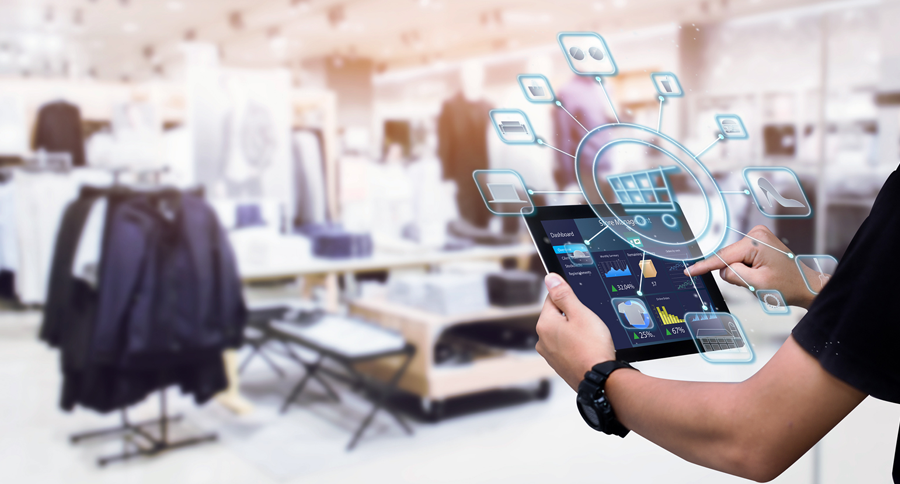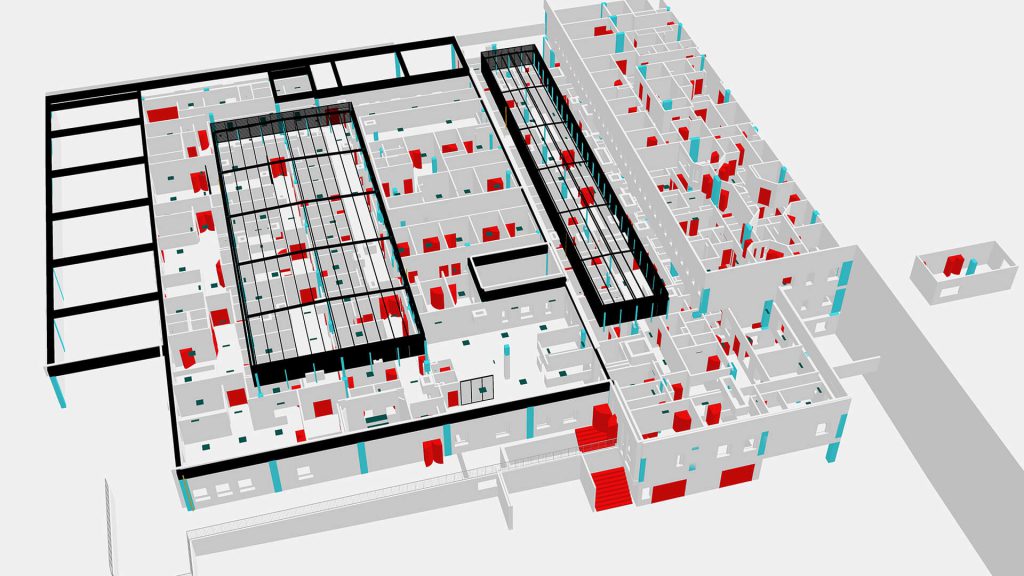
02 May Digital Twins and the Store of the Future
When pandemic lockdowns drove an unprecedented surge in online shopping, retail executives could have been forgiven for focusing on digital shopping experiences. But today, the focus on brick and mortar is back. As foot traffic rebounds, industry innovators are turning to retail digital twins to reveal the geography inside stores and uncover new ways to engage customers.
With a digital twin, retailer planners visualize a store’s layout and test new ideas virtually. They can map shopping patterns and journeys through a store, revealing ways to improve layout and product placement. In addition, a digital twin can simplify maintenance operations and provide executives with a national or international view of the business.
Indoor Awareness to Anticipate Customer Needs
The foundation for a retail digital twin is a map created with geographic information system (GIS) technology. The location awareness provided by GIS allows a retailer to run what-if scenarios, testing how a private-label product might perform with more shelf space or the visibility of an endcap placement. Such insight can help retail planners better configure shelves, aisles, and even entire stores.
Leveraging insights from a digital twin, retailers can see popular routes through the store and place associates in optimal locations to help customers. Store security teams can analyze hot spots of theft and deploy prevention measures in the right areas. As home delivery and curbside pickup grow in popularity, store planners can run what-if scenarios to balance the experience of in-store shoppers with the demands of order fulfillment. A virtual view of stores goes beyond shopping. With a 3D model of the store environment, operations managers track tasks like HVAC maintenance schedules. Sales managers can direct employees to shelf locations to remove expired price promotions—artifacts that can cost retailers millions of dollars when customers claim sales or auditors issue fines.
Retail Digital Twins and Strategic Adjustments
At the strategic level, CXOs can monitor a retail network through integrated dashboards where each store is represented as a digital twin. This holistic perspective illuminates everything from potential risks from climate-related events to corporate security vulnerabilities.
A GIS-enabled operational view can also show each store’s sales, making it easier to spot how trends in financial performance correlate to competitors and customer demographics in each market. After several tumultuous years for retail, consumers continue to show a willingness to spend. To entice customers from the curbside back into the store, industry leaders will use an expanding portfolio of techniques and technologies, including retail digital twins.
Unleashing GIS Technology’s potential in every industries

